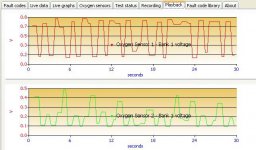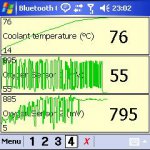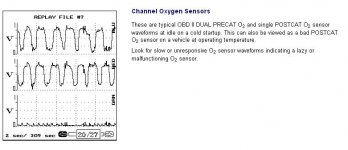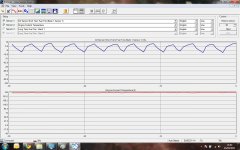since i bought the car at the beginning of last month ive had the MIL flick on 3 times each time the only 'common' fault has been P0420
i dont think the exh is blowing ive looked but not very hard and it had a cat back mild steel system fitted for its MOT (just before i bought the car)
just thought it was weird that i could clear the code and it wouldnt come back for a week then *bing* MIL on and when i get FES out its the same P0420 back again... FES always reports "Invalid Signal > Fatal > Light ON" yet i can clear... what does Fatal actually mean in FES anyhow?
i dont think the exh is blowing ive looked but not very hard and it had a cat back mild steel system fitted for its MOT (just before i bought the car)
just thought it was weird that i could clear the code and it wouldnt come back for a week then *bing* MIL on and when i get FES out its the same P0420 back again... FES always reports "Invalid Signal > Fatal > Light ON" yet i can clear... what does Fatal actually mean in FES anyhow?









